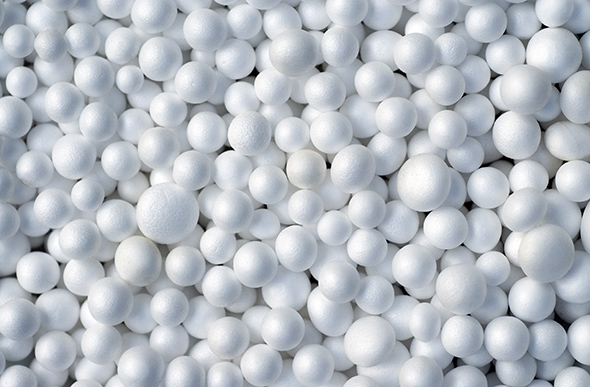What is it?
Considered the world’s most versatile plastic, vinyl is composed of ethylene and chlorine. It can be made thick or thin, clear or colourful, or flexible, rigid, or semi-liquid. Vinyl is the third-largest volume plastic produced in North America, and the second largest-selling plastic in the world. Vinyl was actually invented in the 1920s by scientists who were attempting to create a material that would help make everyday products easier to make and more durable, all at a cheaper cost.
How is it Made
Vinyl is created through multiple different processes that convert raw materials which are hydrocarbon-based, such as coal, natural gas, or petroleum, into polymers. Chlorine is commonly used because it gives vinyl two advantages: it comes from brine, which is an inexpensive and readily available commodity, which makes vinyl less sensitive to fluctuations in the world oil market, and it has terrific inherent flame resistant properties, which make vinyl a preferred choice for applications that require high resistance to flame spread and ignition. Chlorine and ethylene combine to form ethylene dichloride, which is converted vinyl chloride monomer, a gas. The final step, a process known as polymerization, converts the monomer into vinyl polymer, which is a white powder known as polyvinyl chloride, or vinyl. It cannot be used yet, however. It must also be combined with selected chemical modifiers and additives to achieve the various properties desired. Once these are added, the vinyl compound can be converted into a wide range of applications. This is one of the main reasons why vinyl claims such a large share of the plastics market. It is the only plastic that can be made flexible and thin enough for wallcoverings, but also tough and rigid enough for siding on buildings.

Uses
Vinyl plays a role in your everyday life, whether you are aware of it or not. Vinyl can be found in just about every business or home, in many different forms and applications. The largest amount of vinyl resin manufactured in the US goes into piping, because it is immune to corrosion and has excellent durability. This has made it a popular choice for the sanitary collection of waste water and clean water distribution systems. In fact, PVC pipe is used for over 75% of newly installed sanitary sewer systems and 70% of new buried water distribution pipes in North America. Vinyl is also extremely popular in home building material, such as flooring and home siding. The fire resistant nature of vinyl, plus its durable and low-maintenance quality, makes it an excellent material to insulate electrical wires and meet the requirements of building safety standards. Vinyl is also widely used in health care. It is clearer than many alternatives and is also kink-resistant, which makes it a great material for IV and blood bags. Toy makers use vinyl to make some of the most popular toys around, while vinyl also plays an important role in keeping modern vehicles safe. Vinyl can be used for floor mats, under-the-hood wiring, interior upholstery, windshield system components, and body side moldings, among countless other things.

























